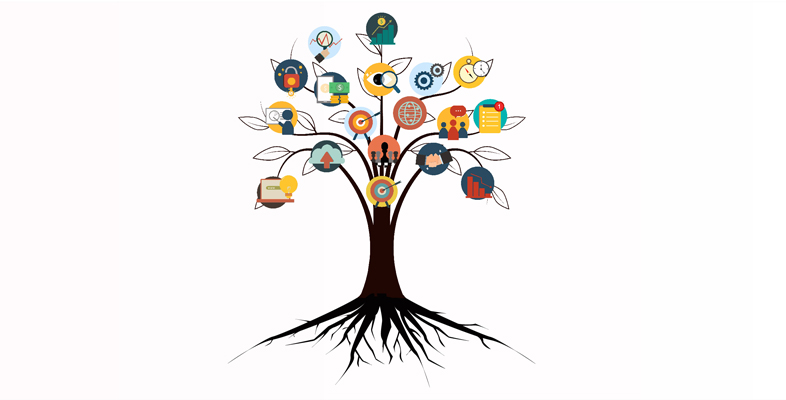1.1 Definitions and types of innovation?
When considering innovation there are three definitions to think about:
- ‘Innovation refers to the process of bringing any new, problem-solving idea into use.’ (Kanter, 1983, p. 20)
- ‘Innovation is the process of translating ideas into useful – and used – new products, processes or services.’ (Bessant and Tidd, 2011, p. 40)
- ‘Innovation is the implementation of a new or significantly improved product (good or service), or process, a new marketing method, or a new organisational method in business practices, workplace organisation or external relations.’ (OECD, Statistical Office of the European Communities, 2005, p. 46)
Innovation contains elements of novelty and creativity, and generates value. The value created by the innovation can be commercial in terms of increased surplus for the company, the entrepreneur and the shareholders, or it can be commercial and social in terms of the added value created for the users.
Innovation is also seen as referring to the whole process of interconnected actions that bring a novel idea into practical use. This understanding of innovation is very comprehensive and includes all activities from discovery or invention through to the development of its practical applications.
This task involves distinguishing different types of innovation. There are a number of ways of categorising types of innovation. To begin with, you can think of innovation in terms of different types of output. In other words, the types of novelty being brought into use.
